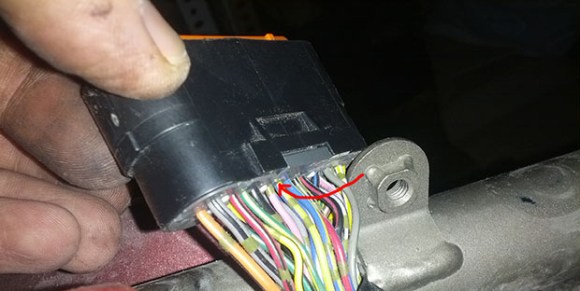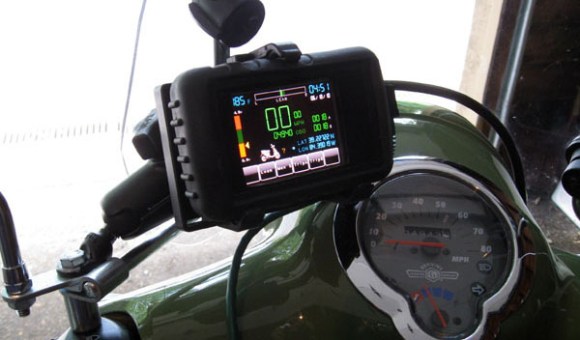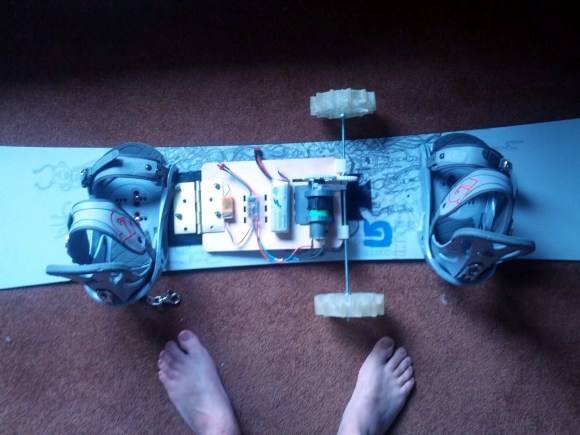
[Lukusz] has a new motorcycle – a Yamaha XJ6SA – and since it hasn’t been in an accident yet, he thought building a black box to record telemetry from the last 30 minutes of riding would be a good idea. While the project isn’t complete yet, he’s already reading data coming straight from the engine control unit.
After figuring out most of the pinout for his bike’s ECU connector, [Lukasz] found one wire that didn’t actually do anything. This was his ECU’s K line, a serial output that is able to relay the state of the gauges to external devices. The electronic spec of the K line is a bit weird, though, but luckily after finding a chip to convert the signal into something a logic analyzer can understand.
With a logic analyzer connected to the K line – and setting it to receive on at 16064 baud – [Lukasz] was able to get a whole lot of data directly from his bike. In the future he plans to pass data such as speed, indicator lights, RPMs, and the current gear to a Raspberry Pi for logging.
















